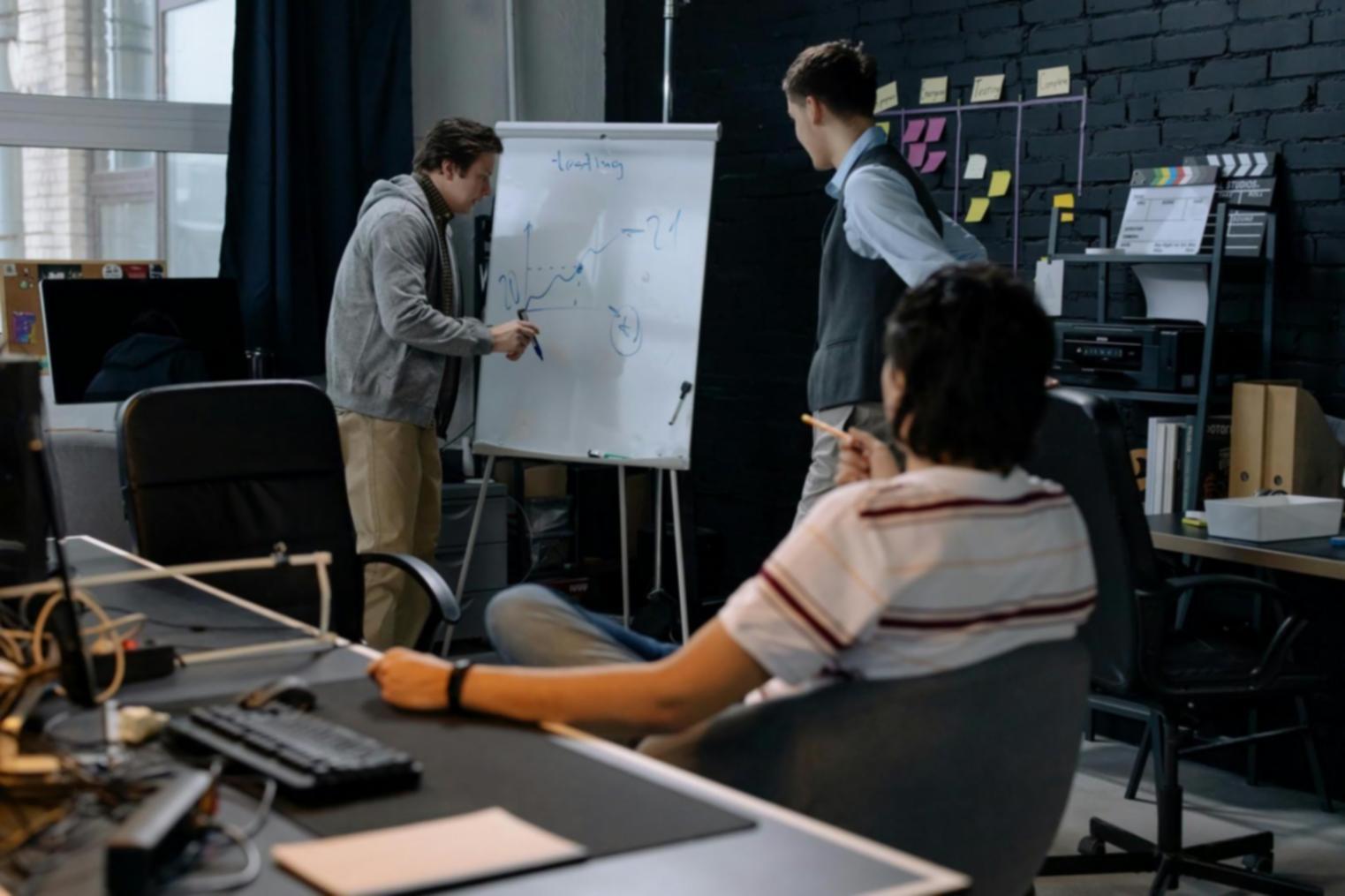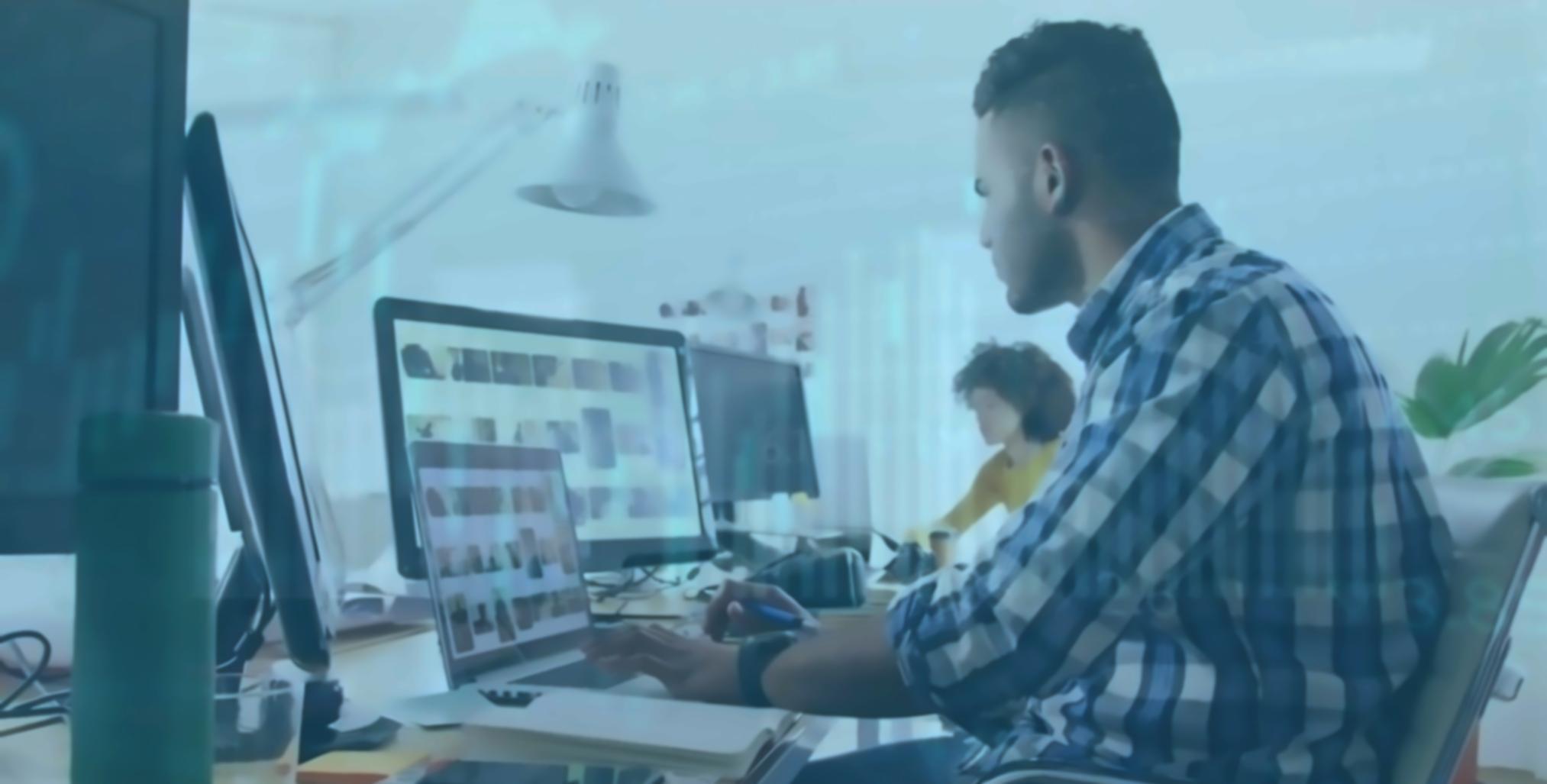Building Characters That Tell Stories
Seven years of turning creative vision into digital reality
We started in a cramped Cairo studio with three workstations and a shared dream. Today, we're teaching the next generation of 3D artists how to breathe life into digital characters — from the first sketch to the final animation loop.
How We Got Here
Every workshop we run, every technique we teach — it's built on years of late-night render sessions and countless project iterations.
The Workshop Begins
Started with weekend sessions teaching basic polygon modeling to eight students in Agouza. We used our own production equipment and honestly just wanted to share what we'd learned the hard way.
Going Digital
When studios closed, we moved everything online faster than we thought possible. Turned out remote training worked surprisingly well for 3D workflows — students could follow along on their own machines.
Curriculum Evolution
Rebuilt our entire program from scratch after feedback showed students needed more hands-on rigging practice. Added motion capture basics and game engine integration — stuff we use every day in production.
Where We Stand
Running monthly cohorts with a focus on portfolio-ready work. Our students are building characters for indie games, mobile apps, and their own creative projects across the region.
What Drives Our Approach
Teaching 3D isn't about showing off the latest tools. It's about helping people understand why topology matters, when to use subdivision surfaces, and how to actually finish a character instead of endlessly tweaking.
Practical Over Perfect
We teach workflows that hold up under deadlines. Clean topology, efficient UV mapping, and animation-friendly rigs — the stuff that matters when a project needs to ship.
Honest Feedback
No sugar-coating. If edge flow doesn't support deformation or if textures won't hold up in game lighting, we'll tell you — and show you how to fix it.
Portfolio First
Every exercise is designed with your portfolio in mind. We want you walking away with three solid character pieces you'd actually show a studio — not 20 half-finished practice models.


Our Training Philosophy
We've tried a lot of teaching methods over the years. These are the ones that consistently help students produce work they're proud of.

Learn By Building
Forget endless theory lectures. From week one, you're modeling actual characters. We introduce concepts when you need them — explaining edge loops while you're building a face, not in an abstract vacuum.
Each session ends with something tangible. A completed head model. A rigged arm. A walk cycle that doesn't look robotic. Small wins that build toward complete characters.

Industry-Ready Workflows
We teach the shortcuts and techniques that actually save time in production. Proper naming conventions. Non-destructive modeling. Asset organization that makes sense when you're juggling 15 character variants.
You'll work with the same constraints real studios face — polygon budgets, texture memory limits, animation export requirements. Better to hit those walls in training than on your first freelance gig.

Finishing What You Start
The hardest part isn't modeling a character — it's taking that character all the way to final render. Most beginners abandon projects at 80% complete. We push you through that barrier.
Our programs end with portfolio review sessions where you present finished work. Not perfect work, but complete work you can show potential clients or studios with confidence.
Who You'll Learn From
We're working artists who happen to teach — not the other way around.

Layla Farouk
Lead Character Artist
Spent five years modeling characters for mobile games before switching to education. Still takes freelance projects because staying current in production makes teaching more honest. Probably has too many strong opinions about quad topology.
Ready to Build Your Skills?
Our next cohort starts in September 2025. Small class sizes mean actual one-on-one feedback on your work.